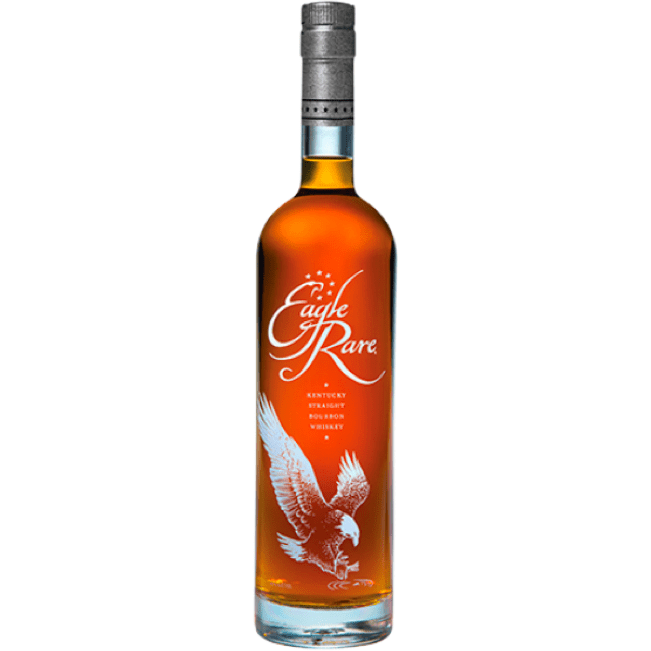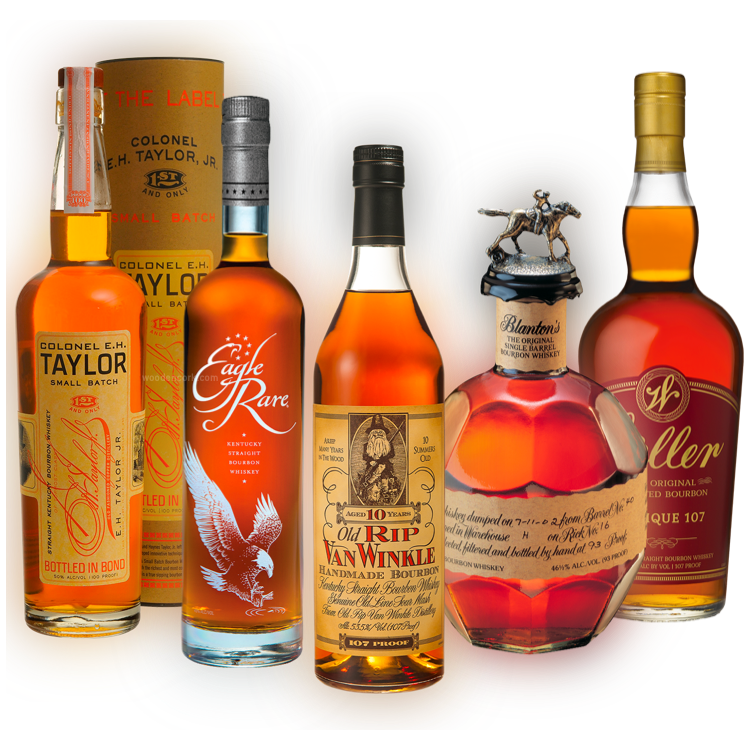Dark Rums Remain a Bright Spot In The Overall Rum Category
Since Colonial days, rum has been a popular quaff in North America; however, it could be argued that aged rum is still a relatively new category for U.S. consumers. For decades, the premium aged segment has been largely eclipsed by the prevalence of light, spiced and flavored rums—on the retail shelf, in cocktails and in the spotlight of marketing campaigns. When consumers think rum, they still think light, an impression driven by its ubiquity in Daiquiris, Mojitos and tiki drinks.
That attitude toward rum, industry observers say, is changing. More aged, premium products are showing up on retail shelves and backbars. And consumers, particularly those ever-questing Millennials who can recite chapter and verse on whiskey, are exploring other barrel-matured categories. This bodes well for the future of the premium aged segment.
“The premium rum category is in its infancy,” says Christine Moll, category marketing director – rum, Campari America, whose portfolio includes the Appleton Estate and J. Wray brands. “For many decades, the rum category was dominated by giants that positioned rum as a standard, immature spirit specifically with the rise of spiced rum in the 1990s and early 2000s.”
Indeed, the category seems divided in terms of sales and marketing. “When we look at the rum market, we separate the dark aged sipping rums from the white rum used in blended drinks,” notes William A. Terlato, CEO of TD Artisan Spirits, whose portfolio includes Don Pancho Origenes.
According to the Distilled Spirits Council (DISCUS), total revenues for rum were down 2.0% in 2015, while super-premium was up 2.8%–a segment dominated by dark, aged rums. However, contrast that with 2013, when revenues were up a healthy 3.3%. Since then, rum’s share of the spirits category has dropped from 11.8% to 11.4%, according to the Beverage Information Group. How can rum regain its momentum in the U.S. market?

Getting Up to Speed
“Rum has momentum; it doesn’t need to regain it. The premium aged category hasn’t peaked yet,” says Carlos Esquivel, CEO of Pilsa Rums, a Panamanian producer of Don Pancho Origenes, Cana Brava and Selvarey brands, among others. “Today, aged rum is the new player in the spirits scenario—and it has come to stay.”
“For rum to break out, the aged expressions need to step forward,” opines John Eason, COO and executive vice president at Serralles USA, whose portfolio includes the Don Q brand. “Aged rums are creating the most buzz.”
Indeed, it seems that some rum drinkers are trading over and up from light to dark rums. (Light rum was covered in the last issue of Beverage Dynamics).
“We have been seeing light rum fans cross over into new territory and become open to greater experimentation than in the past,” observes Kevin Foster, senior brand manager for rum at Beam Suntory, whose portfolio includes Cruzan Rum. “It’s thanks to a rising spirits/cocktail culture that has driven consumers to become more and more educated and interested in learning about the spirits that they drink.”
“Consumers are trading up to more aged, darker versions as their palates evolve,” says Mauricio Bermudez, director of marketing for Bacardi Rums. “However, with the recent momentum behind brown spirits, some consumers are entering the category via aged/dark rums, instead of trading up from white rums.”
Esquivel at Pilsa Rums also sees rum drinkers graduating from light to dark as their palates mature. “The U.S. consumer is discovering aged premium rum as sippers. Aged rums are more appealing to the upscale customer, reflecting a maturity of taste and experience and a better economic position.”
The Whiskey Connection
Perhaps the best way for dark rum to succeed in the U.S. market is to lure customers away from the whiskey category. It seems like a natural transition; dark rum and whiskey both obtain similar flavor characteristics of caramel, vanilla and spice—as well as color—from extended aging in charred oak casks. Indeed, many dark rums have been resting in previously used whiskey barrels. Most players in the rum category see a natural crossover from the whiskey category as one avenue for increased growth.
“A lot of the high-end rums have taste profiles that are similar to whisky, but are more approachable, like our Brugal 1888, which we call the rum for whisky lovers,” says Amanda Paul-Garnier, brand manager at the Edrington Group. “Dark rums like this can’t compete with whisky per se, because people that want to drink whisky are going to drink whisky, but they can appeal to people who are whisky-curious, but are looking for something more approachable.”
Adds Foster at Beam Suntory, “Whiskey and Bourbon aficionados continue to look for other spirits with complex flavor profiles similar to the ones they know and enjoy, and are certainly among those choosing our premium aged rums like Cruzan Single Barrel and Estate Diamond Dark.”
“Dark rum can compete with whiskey by exploiting its accessibility and less-challenging profile,” says Bermudez at Bacardi. “Currently, rum is already competing much more directly with whiskey with the rise of the premium and sipping rum segments. These rum segments serve the robust sipping experiences that many whiskey drinkers enjoy, but also offer the incredible versatility and diversity of rum profiles.”
One area where rum has a significant advantage over most whiskey is in the price-value equation. “Aged rum is a great value,” says Draga Culic, brand director at Niche Imports, whose portfolio includes Mezan Rum. “Whiskey price points are much higher than rum for products of comparable age and quality.”

Bar Translations
A number of on-premise trends are translating into off-premise sales. Bars are the gateway for virtually all spirits categories, introducing consumers to new categories and products via cocktails, shots and flights. There is less risk to trying something new at a bar compared to splurging on a 750-ml. bottle at retail. Naturally, that includes aged premium rums that are generally more expensive than light rum.
“An exciting movement that is driving awareness of the category is the increase of high-end rum bars, which continue to pop up across the county,” notes Foster at Beam Suntory.
“Bartenders are crafting variations of tiki and rum classic cocktails,” says Eason at Don Q. “Many top restaurants now include a premium rum section in their menus just as they would other spirit categories. Those consumers are enjoying a great rum at home just as they would a Bourbon or single malt neat.”
“We’re seeing the emergence of bars where rum is the star,” says Moll at Campari America. “There’s an increasing number of on-premise accounts where bartenders are stocking their back bar with dozens of premium rums like Appleton Estate. These bartenders are introducing consumers to the vast world of rum, and the consumers then look for these brands in stores so they are available in their homes for use in classic cocktails or as a sipping spirit.”
The off-premise represents 80% of total rum business for Campari America. “However, for our higher marks (specifically Appleton Estate Reserve Blend and Appleton Reserve Rare Blend 12 year old), on-premise plays a larger role as bartenders are increasingly interested in premium rums,” Moll says.
“Our growth is strongest on-premise,” says Foster about Cruzan. “The past several years have seen significant growth for the brand, as well as share gains within the category.”

Split Marketing
Since dark and light rums are virtually different categories, often aimed at different consumer demographics, some brands target marketing accordingly.
“There are differences in the [consumption] occasion, so our activation is targeted depending on what offerings we are advertising,” says Bermudez at Bacardi. “We focus on communicating more of the product intrinsics when we market our darker rums; while we focus product communication around mixability when we market our light portfolio.”
Cruzan also splits the difference, according to Foster.
The light and flavored end of its rum portfolio offers recipes via social media to emphasize mixability. “Versus showcasing our premium aged sipping rums in a rocks glass with a large ice cube,” he adds
The future for dark rums is bright, say industry players, anticipating growth in what is yet still a niche.
“While the base is still very small, we see increased interest and double-digit sales increases in high-end aged rums,” Terlato says, “especially at the super-premium level.”
Thomas Henry Strenk is a Brooklyn-based freelance writer with over 20 years experience covering the beverage and restaurant industries. In his small apartment-turned-alchemist-den, he homebrews beer kombucha, and concocts his own bitters and infusions.
The post Dark Rums Remain a Bright Spot In The Overall Rum Category first appeared on Beverage Dynamics.




